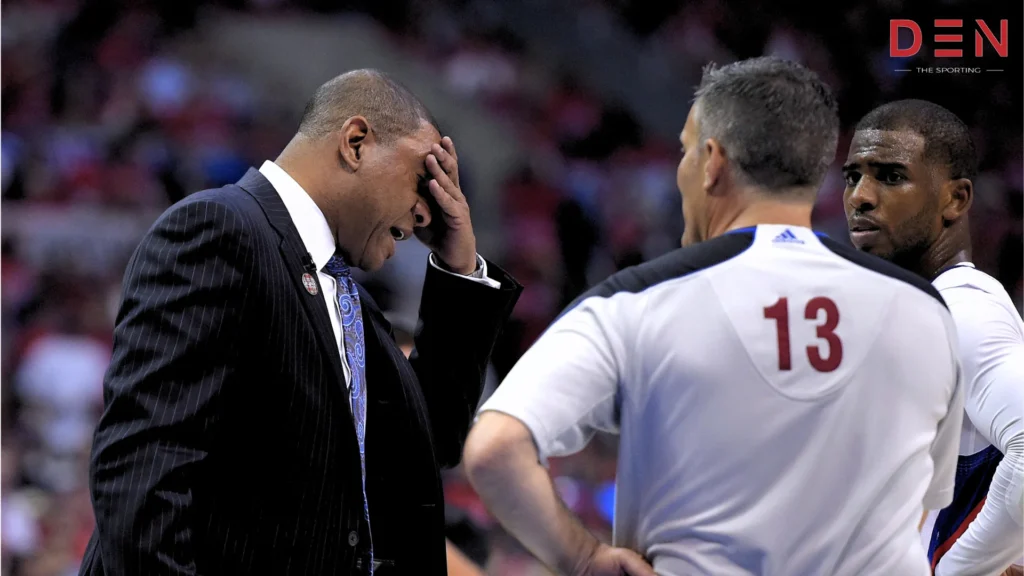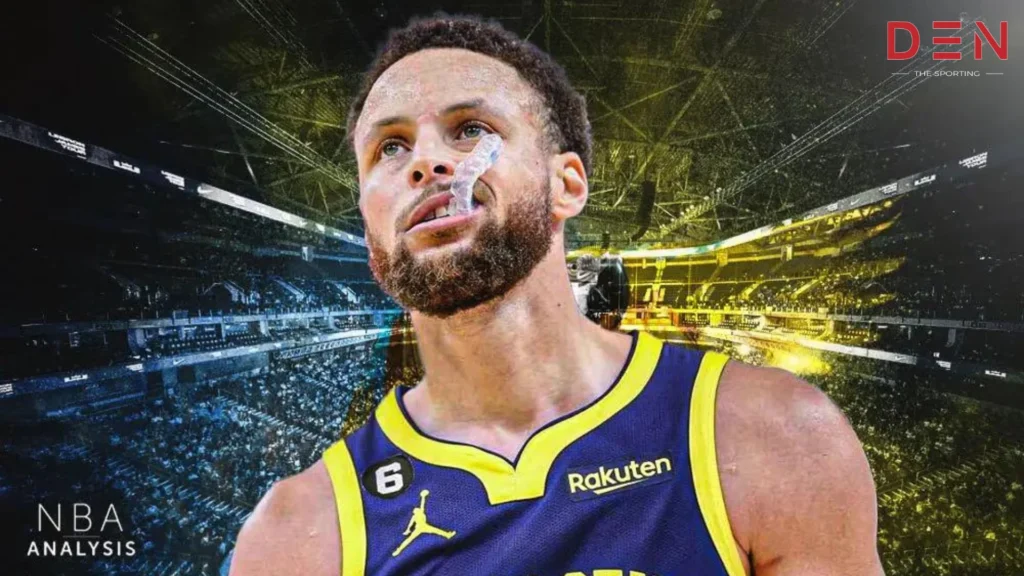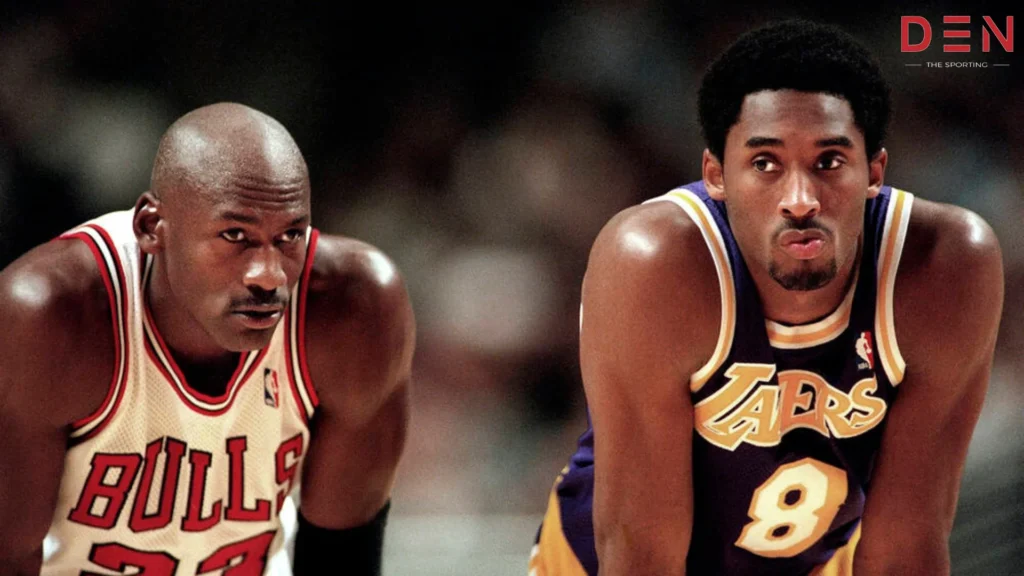
Basketball, like any sport, is not immune to change. Over the years, the NBA has undergone numerous rule modifications, each leaving a profound impact on how the game is played. From enhancing fairness to promoting offensive innovation, these 10 Biggest NBA Rule Changes have reshaped the landscape of professional basketball. In this article, we’ll explore the 10 Biggest NBA Rule Changes in history and their lasting effects on the sport.
Introduction: Evolution of NBA Rules
As basketball evolved from its early days to the modern era, so did its rules. The NBA has been at the forefront of innovation, constantly adapting its regulations to enhance the game’s integrity and excitement. Let’s delve into the 10 Biggest NBA Rule Changes changes that have transformed the NBA over the years.
Suggested Read: Most Popular NBA Teams: 2023-24 Power Rankings
10. Addition of Instant Replay (2002)
Instant replays revolutionized officiating in the NBA, ensuring fair play and accuracy in crucial game-deciding moments. Introduced in 2002, instant replays allow officials to review contentious calls, particularly buzzer-beating shots, to maintain the game’s integrity and fairness.
9. Flagrant Foul Rule (1990)
To deter excessive or violent fouls, the flagrant foul rule was introduced in 1990. This rule provided escalating penalties for aggressive infractions, culminating in an immediate ejection for Flagrant 2 fouls, thereby promoting player safety and sportsmanship.
8. The Anti-Flopping Rule (2023)
In response to the prevalence of flopping—a deceptive act to draw fouls—the NBA implemented the Anti-Flopping Rule in 2023. This rule penalizes players for simulation, aiming to preserve the game’s integrity and discourage unsportsmanlike behavior.
7. Lane Expansion (1964)
The expansion of the lane in 1964 aimed to limit the dominance of towering centers like Wilt Chamberlain. Widening the lane from 12 to 18 feet leveled the playing field, allowing guards more access to the paint and promoting a more balanced style of play.
6. Defensive Three-Second Violation (2001)
To alleviate congestion in the paint and encourage offensive play, the defensive three-second violation was introduced in 2001. This rule prevents defensive players from camping in the paint for extended periods, opening up scoring opportunities near the rim.
Suggested Read: NBA Marijuana Policy: Can NBA Players Smoke Weed?
5. Defensive Goaltending
The introduction of defensive goaltending in 1944 aimed to prevent defenders from interfering with shots in flight, ensuring fair play and preserving the integrity of scoring opportunities.
4. Offensive Goaltending (1956)
In response to offensive players exploiting scoring opportunities excessively, offensive goaltending was introduced in 1956. This rule prevents players from interfering with the ball’s trajectory on its way to the basket, maintaining the fairness of scoring plays.
3. Hand-Checking Restrictions (2004)
The enforcement of hand-checking restrictions in 2004 aimed to promote offensive freedom and skillful play. By prohibiting defenders from impeding offensive players’ movement with their hands, the NBA fostered a more dynamic and high-scoring style of basketball.
2. Three-Point Line (1979)
The introduction of the three-point line in 1979 revolutionized offensive strategies, encouraging teams to incorporate long-range shooting into their game plans. Initially perceived as a novelty, the three-point shot has become a cornerstone of modern basketball, diversifying scoring opportunities and strategies.
1. 24-Second Shot Clock (1954)
Arguably the most revolutionary rule change in NBA history, the introduction of the 24-second shot clock in 1954 transformed the game’s pace and strategy. By imposing a time limit on possessions, the shot clock incentivized faster-paced, more dynamic basketball, captivating audiences and propelling the NBA to new heights of popularity.
Suggested Read: The 8 Longest Losing Streaks in NBA History
FAQs
Over the years, significant rule changes have been implemented, affecting the number of players, court boundaries, dribbling regulations, and removing the center jump after baskets are scored.
o understand the new three-second rule in the NBA, it is crucial to grasp the concept itself. The three-second rule, often referred to as the “paint rule,” limits how long offensive players can stay in the key area, also known as the paint or lane.
Summing it Up
From the inception of the shot clock to the modern crackdown on flopping, 10 Biggest NBA Rule Changes have continually reshaped the sport, enhancing fairness, promoting innovation, and captivating audiences worldwide. As the NBA evolves, it’s certain that new rule modifications will emerge, further shaping the future of professional basketball. Yet, amidst these changes, the essence of the game remains unchanged—an electrifying spectacle that continues to captivate fans with its athleticism, skill, and timeless appeal.




